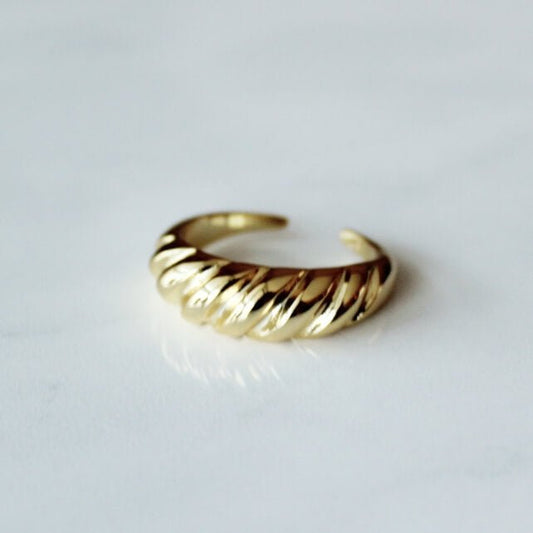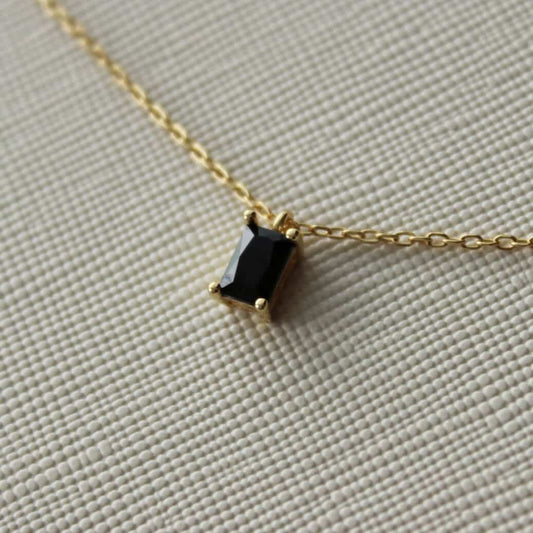For millennia, gold has held a revered place in Indian culture and history. This precious metal has been valued for its lustrous beauty, rarity, and enduring worth, making it a symbol of wealth and prosperity.
From ancient times to the present day, gold has been used to create intricate jewelry, decorative objects, and currency, showcasing India's exceptional artistry and craftsmanship. Even today, gold remains an integral part of Indian culture, and is still used in traditional jewelry worn during important ceremonies and celebrations. For many Indians, gold is more than just a precious metal - it is a tangible link to their heritage and identity, a way to connect with their ancestors and preserve their cultural traditions.Gold has played a significant role in India's history for thousands of years. The country has been known for its abundance of gold reserves, and it was once one of the largest exporters of gold in the world. Gold was considered a symbol of wealth and prosperity, and it was used in various forms, including jewelry, coins, and ornaments.
In ancient times, gold was also used to create sculptures, religious idols, and decorations for temples and palaces. Today, gold remains an important part of Indian culture and is often given as gifts during weddings and other celebrations. The country continues to be a major consumer of gold, with the jewelry industry being a significant contributor to its economy.
India has a rich history of gold, with the country being one of the largest producers of gold in the world. However, India's wealth has long been coveted by foreign powers, leading to centuries of plunder and exploitation.
During the period of British colonialism in India, the British East India Company looted vast amounts of gold from the country. The British systematically exploited India's natural resources, including its gold mines, to fuel their own economy. The British also stole many precious artifacts and gems from India, including the famed Koh-i-Noor diamond, which was forcibly taken and became a part of the British Crown Jewels.
However, the plunder of India's gold did not end with colonialism. In modern times, gold smuggling has become a major issue in India, with an estimated 100-200 tonnes of gold being smuggled into the country each year. This illegal trade not only deprives the country of revenue but also fuels organized crime and money laundering.
Despite the centuries of theft and exploitation, India's love for gold remains undiminished. The country's rich cultural heritage and traditions have ensured that gold remains an integral part of Indian life, from traditional jewelry worn during weddings and festivals to investment in gold coins and bars.






